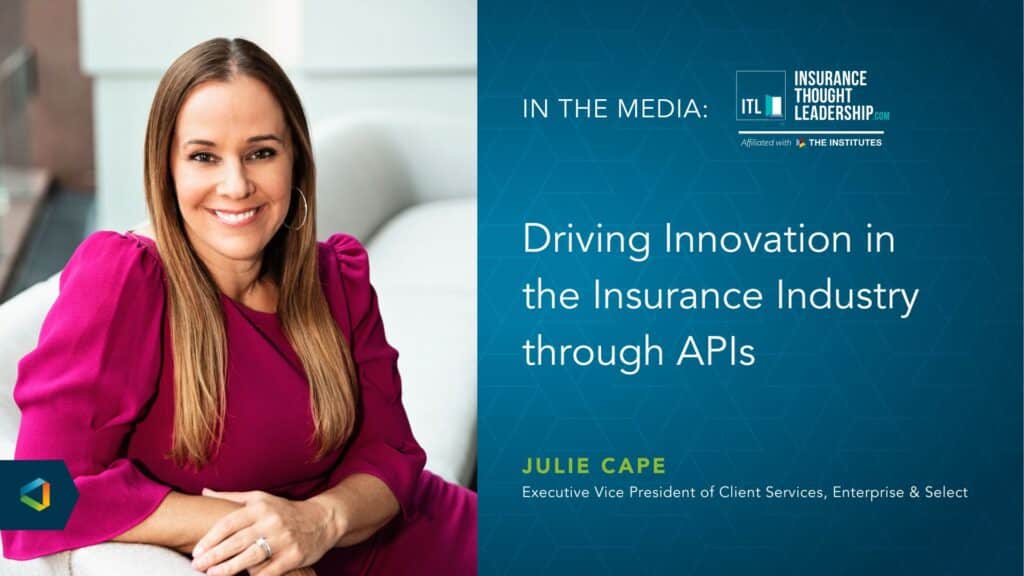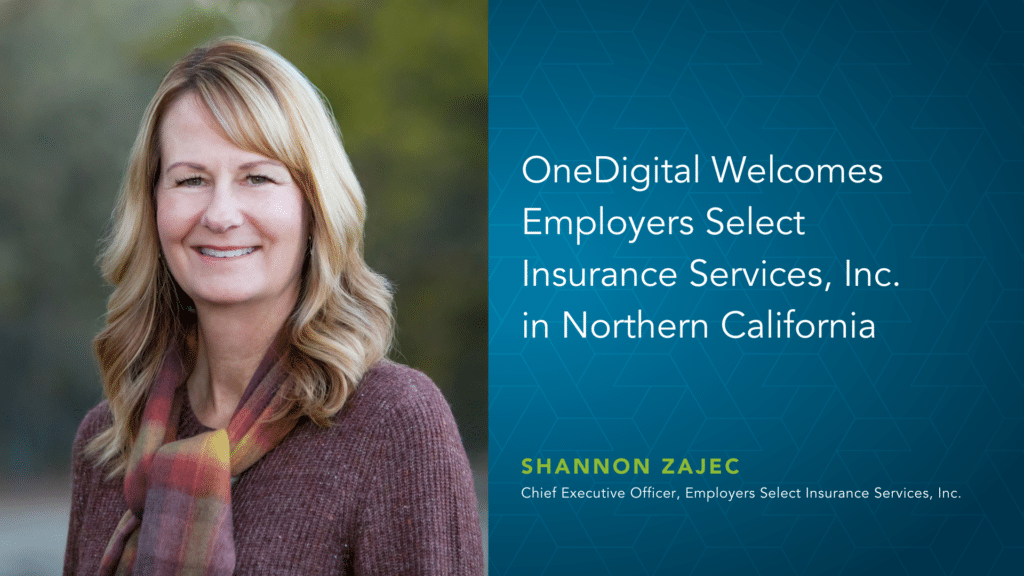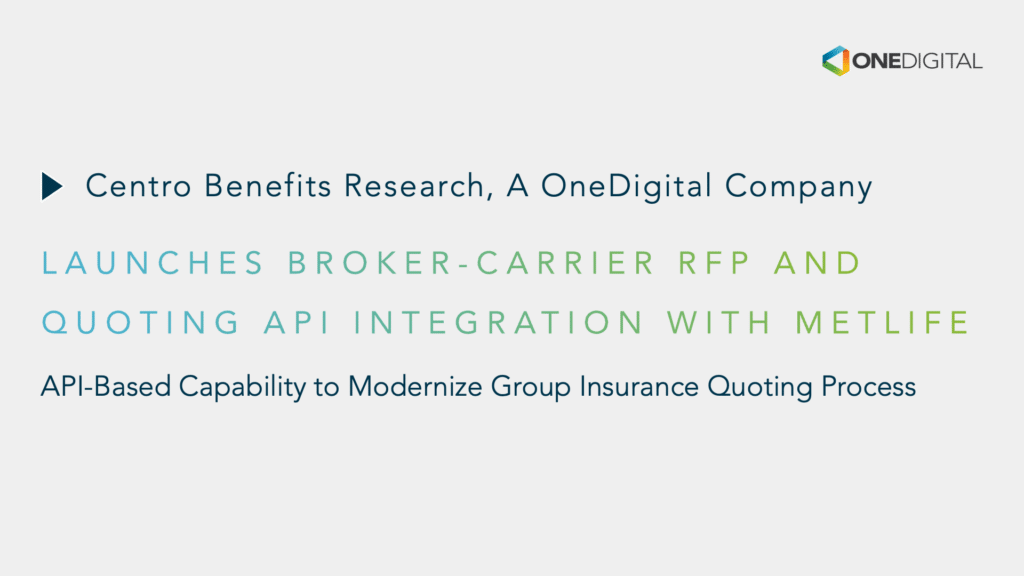My most recent blog post was on the world of benefits administration technology. In an industry where acronyms rule, I wonder why we haven’t started referring to benefits administration technology as “BAT.”
Disappointed that my previous blog was glaringly void of fun acronyms and word play, this post is intentionally centered on an acronym-worthy topic—Value-Based Insurance Design, or “VBID” for short.
By now, just about everyone has heard of PPO and HMO and CDHP and HDHP and HRA and HSA and ACA and… well, let’s stop there. By comparison to those commonly known initialed concepts, VBID is like a taboo four-letter acronym. Few of us seem to want to talk about VBID, which makes it the perfect subject for my blog.
So, what is VBID? First, let’s be clear on what it is not.
Don’t confuse VBID with Value-Based Reimbursements (VBR), also known as Reference Based Pricing (RBP) or Cost Plus Payment (CPP). Value-Based Insurance Design is something entirely different.
In short, VBID is a way to encourage people through health insurance plan design to get medical services that drive better health outcomes. These services help prevent future spending and thus add health and wellness value. VBID also attempts—again through plan design—to discourage services that have a lower or even negative return on investment. In a VBID environment, patient cost-share for the services and/or medications that are relatively low cost, but highly effective in managing one’s health are reduced or eliminated. We might also increase patient cost-share for services that are relatively costly, but have little or no demonstrated effectiveness in making people healthier or in preventing future spending.
We know that individuals who engage with a primary care doctor, get their annual check-up and comply with recommended screenings—all of which are relatively low cost services—are generally healthier than those who don’t do those things. VBID minimizes or eliminates patient cost-share for those “value” services through low or even zero copays. If it costs me nothing to get my annual physical, I’m likely to do so. If it costs me little or nothing to get a generic medication to control my high blood pressure, I’m likely to get the medication and take it. If it costs me nothing to get a colon cancer screening, I will still beg my doctor to delay the screening another year… JUST KIDDING! Get your recommended screenings, no matter how unpleasant! Early detection of bigger problems allows for less invasive, less expensive and most importantly more effective treatment.
Those of you who are fluent in health insurance acronyms know that HDHP stands for High Deductible Health Plans, and you probably know that HDHPs are all the rage these days. The natural concern is that HDHPs are the antithesis of VBID, and that VBID only works in a copay environment. Not true! We can still encourage the use of value-add services within an HDHP plan. The ACA (Affordable Care Act, also known as PPACA) mandates that preventive services are cost-free (no deductible; no copayments; no excuses!) for the patient. Also, many insurance carriers offer a “preventive drug list” within an HDHP plan, waiving the deductible for certain maintenance medications. Many employers create financial incentives (e.g. lower employee premium contributions; additional employer funding of the H.S.A.; “cash” rewards; etc.) for preventive care compliance through their wellness programs. So HDHP and VBID can co-exist!
Attributing lower total healthcare spend to VBID strategies is difficult. In fact, implementing VBID might slightly increase cost in the short-term because it creates higher utilization of preventive services and shifts cost from said services to the plan sponsor. The cost reduction would come later in the form of high claim avoidance, which is hard to measure. But, some things we do because they’re intuitively “right.” Designing a benefits program that helps your employees get healthy, stay healthy, and avoid trips to the hospital certainly has great value for your employees and in turn has great value for your company.




